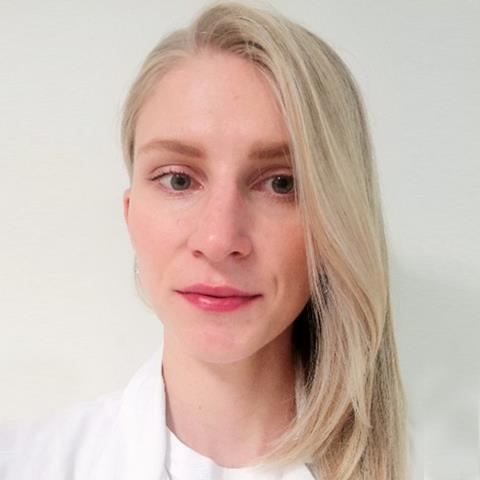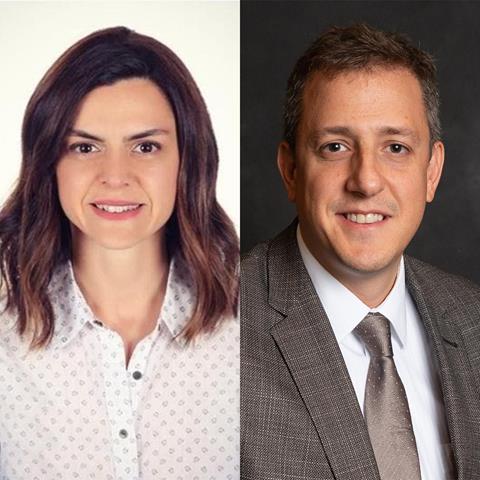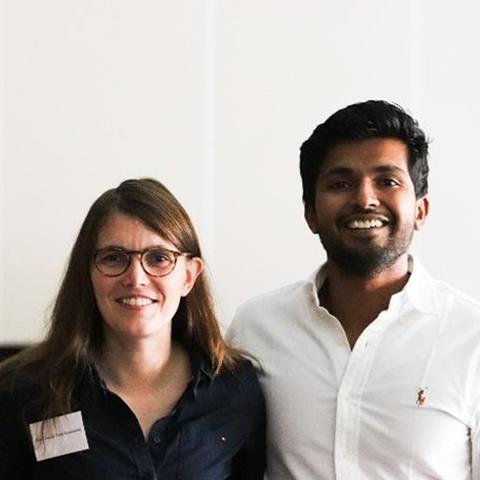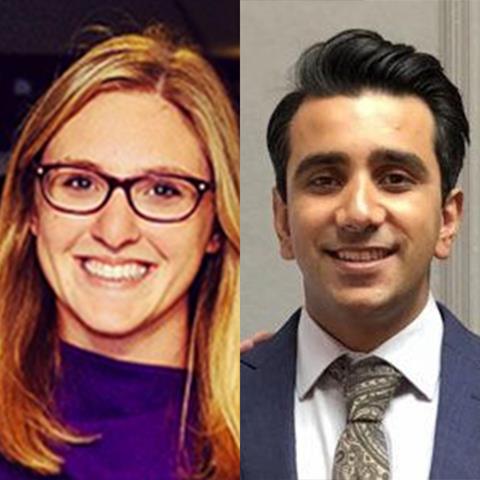ARVO 2021 VIRTUAL MEETING, 1-7 MAY 2021
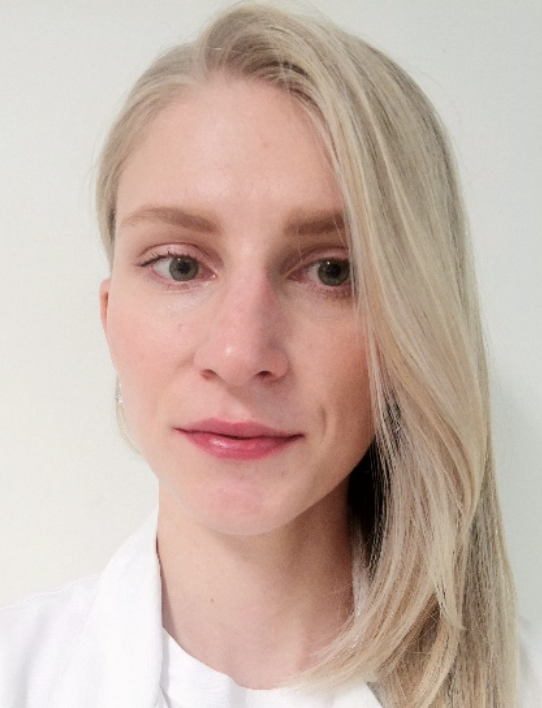
Jana Sajovic, MD
PhD candidate
Young researcher at the Eye Hospital, University Medical Centre Ljubljana
The theme of the 2021 ARVO Annual Meeting was innovation and advanced technologies leading restoring and preserving vision in clinical practice.
As a result of social distancing requirements due to COVID-19, the 2021 ARVO Annual Meeting was carried out entirely in a virtual format. Paper and poster presentations have been available to the public from the Annual Meeting Virtual Platform launching on May 1st and will remain available until the site closes on June 30th. Additionally, presenters have been able to respond to chat and direct messages until the site closes.
In my opinion, the most inspiring was the Champalimaud award lecture which was presented by the Instituto da Visão – IPEPO, the Altino Ventura Foundation and the UNICAMP Ophthalmology Service. These are three longstanding organisations that have worked to prevent blindness and visual impairment by providing eye services to underserved populations in Brazil.
Very interesting and innovative was also the symposium “COVID-19 and the eye”. It brought together researchers and clinicians working on ocular and non-ocular diseases of coronaviruses, covering molecular virology of SARS-CoV- 2, host-virus interactions, innate ocular immunity, therapeutic approaches including vaccines, epidemiology of ocular complications, and experimental models.
My abstract with the title “Characterisation of Stargardt disease pathogenesis associated with the frequent ABCA4 mutation c.5714+5G>A” was scheduled as a poster presentation. With it, I was selected to receive the ARVO International Travel Grant, which covered my meeting registration to attend and present at the ARVO 2021 Annual Meeting.
In the abstract, I described the isolated effect of ABCA4 mutation c.5714+5G>A p.[=,Glu1863Leufs*33] on retinal structure and mRNA. In the Slovenian population, around 15% of all patients with Stargardt disease had this mutation. This is a relatively common form of the ABCA4 mutation and therefore allowed us to perform genotype-phenotype correlations. We found out that patients harbouring ABCA4 mutation c.5714+5G>A displayed significantly milder phenotypes for all parameters, which is in accordance with our RNA results in photoreceptor progenitor cells and previous in vitro splice assays, suggesting that this is a moderately severe variant. We also conclude that a thicker outer nuclear layer, when compared to double null patients with definitely decreased autofluorescence of similar size, suggests different disease pathogenesis in association with c.5714+5G>A p.[=,Glu1863Leufs*33] allele.
In conclusion, the 2021 ARVO Annual Meeting was, in my view, organised to a very high level. On the other hand, I genuinely hope we will soon get back to normality and will experience the ARVO 2022 Meeting in person.

